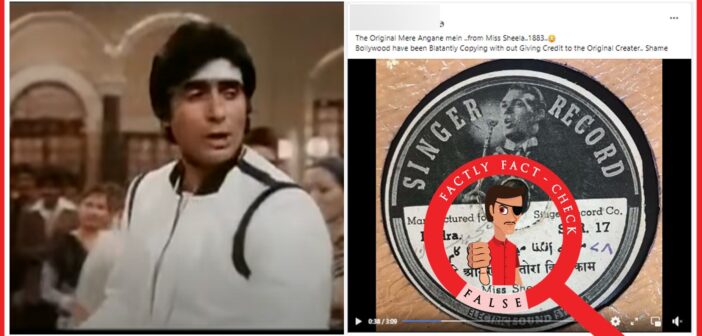A post circulating on social media claims that the popular Bollywood song “Mere Angane Mein” was originally from a 19th-century movie called ‘Miss Sheela’ (1883) and that Bollywood has been blatantly copying without giving credit to the original creator. Let’s verify the claim made in the post.
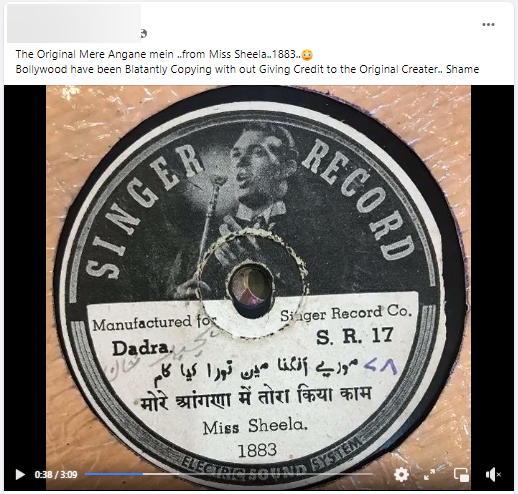
Claim: The song “Mere Angane Mein” was originally from a 19th-century movie called ‘Miss Sheela’ (1883).
Fact: There is no evidence of a movie by the name “Miss Sheela” released in 1883. Considering that the first Indian talkie film, “Alam Ara,” was released in 1931, and the patent for the gramophone was only granted in 1887, with the first-ever Indian recording taking place in 1902, it is highly implausible that a film called ‘Miss Sheela’ was released in 1883 with songs recorded on gramophone records. Furthermore, the song “Mere Angane Mein,” which has been featured in several Bollywood films, is actually a traditional folk song from Uttar Pradesh. Therefore, the claim made in the post is FALSE.
First, we conducted extensive research on various film-related websites to gather more information about the alleged film ‘Miss Sheela,’ mentioned in the post. However, we were unable to find any Hindi film by that name released in 1883. Furthermore, ‘Alam Ara,’ released in 1931, was India’s first talkie film, and the gramophone, which was previously used to play songs/recordings, was only patented in 1887 and later made available to the public.
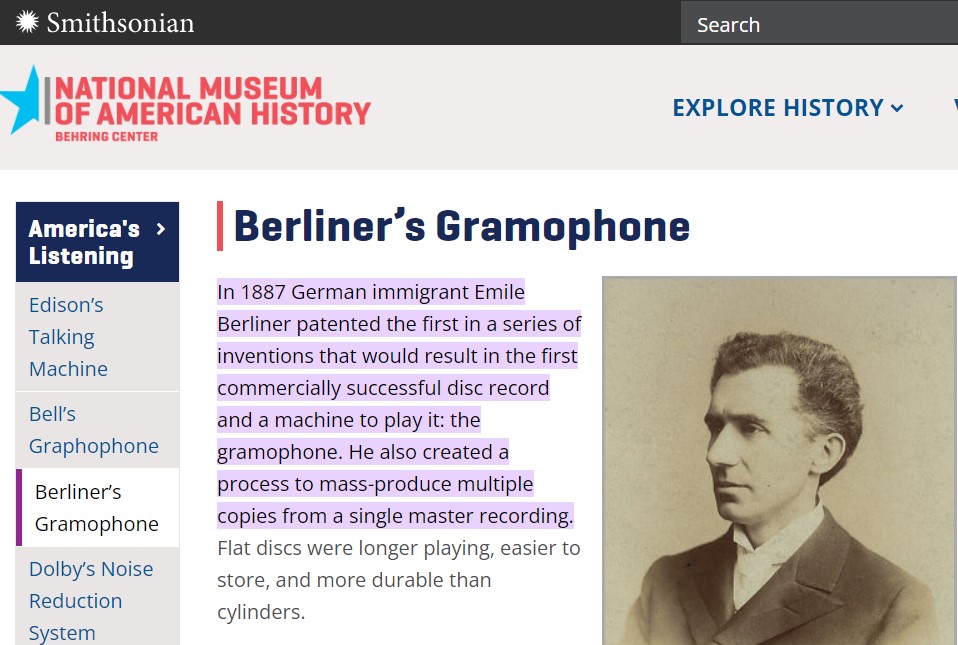
Also, India witnessed its first-ever voice recording on the gramophone only in 1902. In addition, electric records, as shown in the viral post, only started gaining popularity in the 1920s. Consequently, there is no evidence to support the existence of a film named ‘Miss Sheela,’ and it is implausible that it was released in 1883 with songs recorded on an (electric) gramophone record.
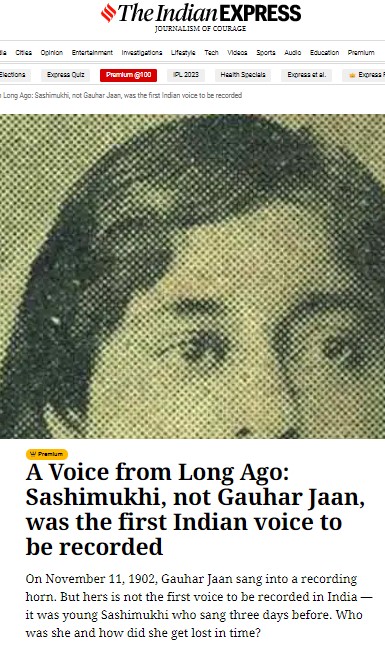
However, as per IMDb and various film-related blogs, the song “Mere Angane Mein,” which was featured in the films ‘Bombay Talkie’ (1970), ‘Maze Le Lo’ (1975), and ‘Laawaris’ (1981), has its origins in traditional folk song popular in Uttar Pradesh and other regions.
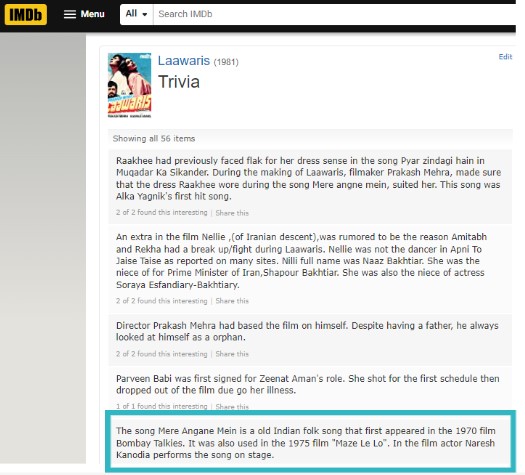
According to a website that documents early Indian gramophone record companies, the standard format for gramophone records, particularly those produced by the Singer Phono and Record Agency, includes the song title, singer’s name, and the matrix number. Additionally, each singer was assigned a unique identification number to differentiate their individual performances.
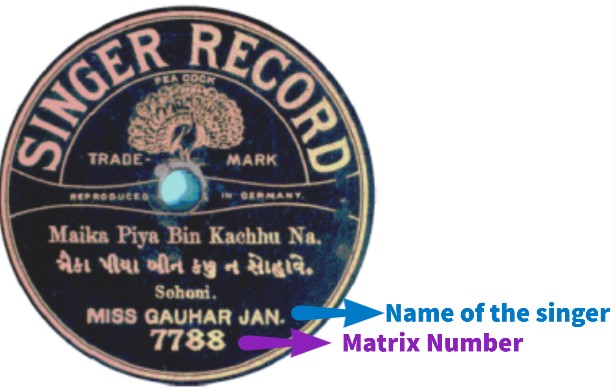
The matrix number is an alphanumeric code etched into the runout groove or stamped on the label of a phonograph record. The format of matrix numbers can vary depending on the record label, pressing plant, or the era in which the record was manufactured. It helps in identifying the specific stamper used to press the record and provides information about the recording session, take number, and other technical details. The matrix number is useful in differentiating various versions, takes, or pressings of the same recording.
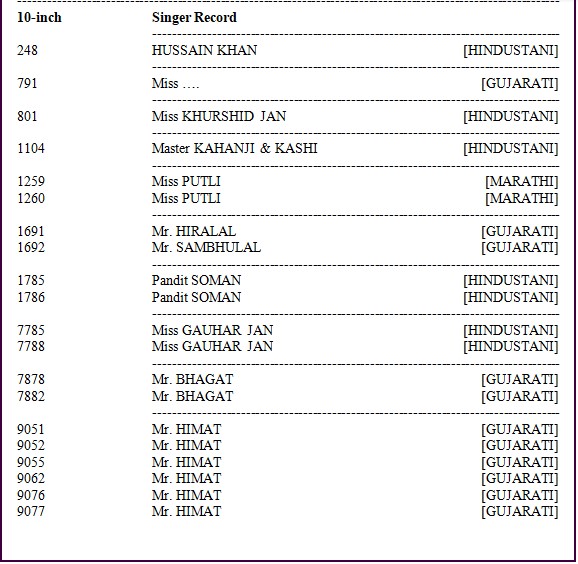
Based on the available evidence, it is likely that Miss Sheela is the singer of the song, and the number 1883 represents the matrix number of the record. We have reached out to several experts in gramophone records to gather more information about the singer, the year of the recording etc. This article will be updated accordingly as soon as we obtain the necessary information.
In conclusion, “Mere Angane Mein” was inspired by a traditional folk song, and there is no evidence to support the claim that it was copied from a purported 1883 film by the name ‘Miss Sheela’.
Update (01 May 2023): The article has been updated to include details on the format for gramophone records that includes the song title, singer’s name, and the matrix number.


